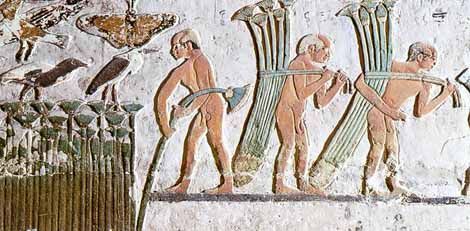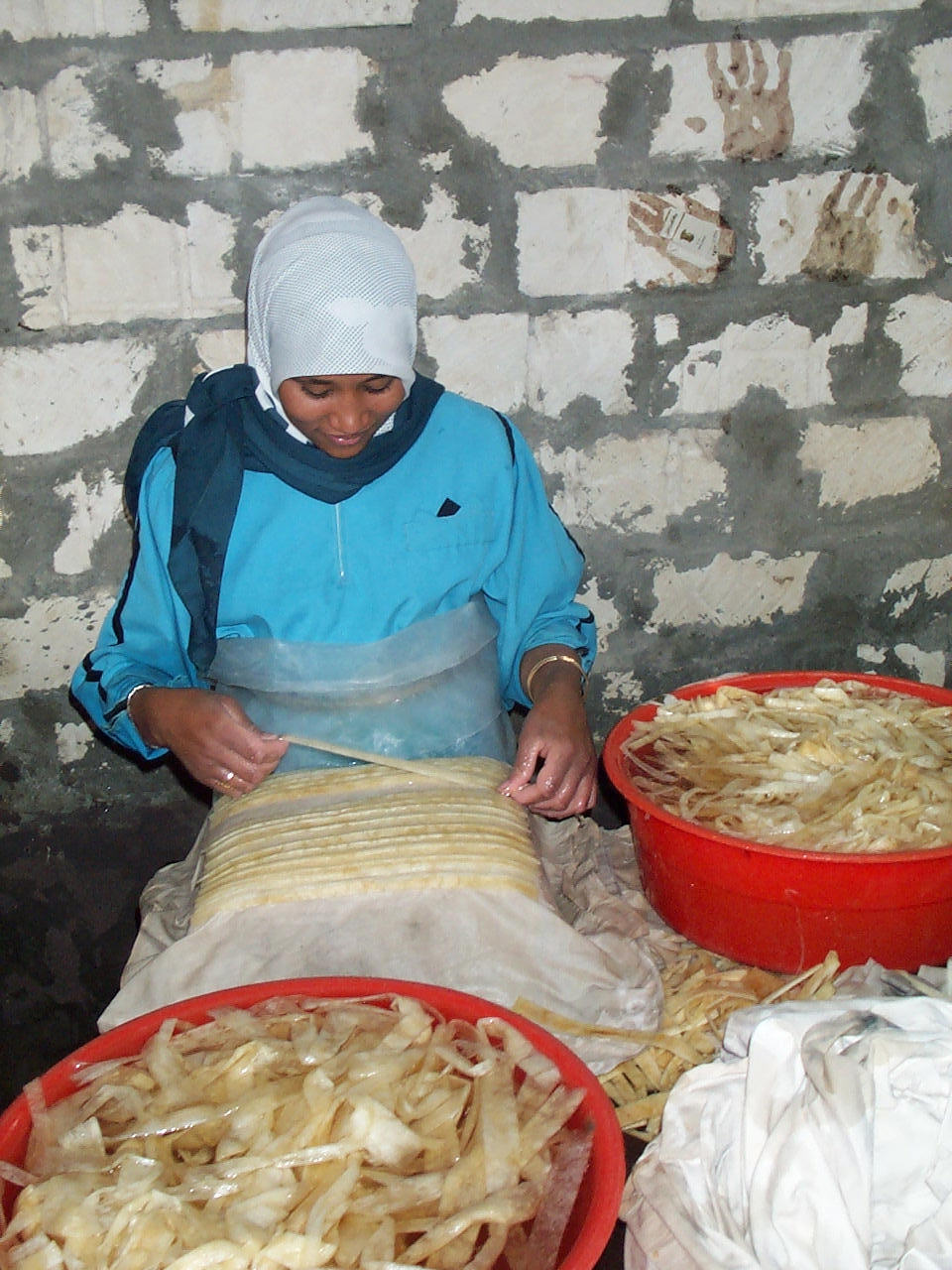Egyptian papyrus - cartouche
unpainted bookmark 5 cm x 19 cm
Bookmarks are an extremely inexpensive introduction to papyrus painting.
Very suitable for lessons, project work or as a gift.
In Egyptology, cartouche refers to an elongated oval line consisting of a loop of rope, which in Ancient Egypt enclosed the name of a ruler (pharaoh) or petty king. Of the five-part titulature of a ruler or his consort, one cartouche contains only the proper name and the throne name.
Tip:
12 double fibre pens - Article no. 2701
Protective cover with decorative ribbon - Article no. 2172
10 Egyptian cartouches - Article no. 2122
PGI bookmark
made of hand laid papyrus, manufactured in Egypt
silkscreen motif, cut edge
paintable with pens and watercolours
| Aspiration scale: | Easy |
|---|
To the motif:
In Egyptology, cartouche refers to an elongated oval line consisting of a loop of rope, which in Ancient Egypt enclosed the name of a ruler (pharaoh) or petty king. Of the five-part titulary of a ruler or his consort, one cartouche contains only the proper name and the throne name.
For the Ancient Egyptians, the cartouches originally had a cultic and religious significance, as the tying and untying of knots was also of great importance in the magic of Ancient Egypt. As a modified form of the Shen ring, the cartouche had the same symbolic function: it was supposed to protectively surround the name of the ruler and preserve it for all time.
The background to this was the religious belief that every deceased person whose name remained eternal would also continue to exist eternally in the afterlife. If his name were to be damaged or completely destroyed, the soul would be lost and the deceased would fall into oblivion and into nothingness. The cartouche was intended to prevent this by protecting the king's name.
In later times, when the sun cult of the god Re blossomed, another symbolism was added: the infinite loop of the cartouche was compared to the infinite course of the sun. Since the Egyptians worshipped the pharaoh as Sa-Ra ("son of Re") and the sun touched all of Egypt, the pharaoh's power was also considered omnipresent and all-encompassing. Where the sun shone, so did the Pharaoh.




